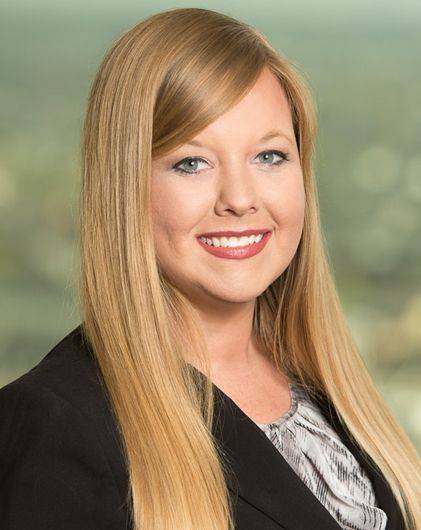Proposed Immigration Changes Deal a Blow to Employer-Friendly H-1B Visa Program
New immigration restrictions are changing the U.S. labor market, and the popular H-1B program is no exception.
The employer-coveted program lets U.S. companies hire highly skilled foreign nationals when no American labor is available. The program is highly popular in the health care, technology and engineering fields, which often face highly skilled labor shortages. In fact, American demand for H-1B laborers almost always exceeds the number of visas available in any given year.
Nevertheless, the government recently proposed changes to this highly competitive visa program. Some of the changes, which take effect Dec. 7, include:
- U.S. Citizenship and Immigrations Services (USCIS) will have more authority to regulate contractor arrangements with foreign nationals. Staffing company arrangements will only be allowed for one year. Before hiring an H-1B employee, employers will face increased scrutiny to prove existing requirements, such as:
- Work is actually available in a specialty occupation when the visa is requested.
- There will be an employer-employee relationship directly with the foreign national.
- The government is now more likely to investigate employers who use the H-1B visa program. These investigations may include Department of Homeland Security work-site visits, facility inspections, employer interviews and document requests.
- H-1B visa holders will only be allowed to work at a third-party work site for up to one year. So businesses who rely on highly skilled foreign nationals for third-party placement contracts may need to reevaluate how those contracts are serviced.
- USCIS is now more likely to limit the period of time a business may hire an H-1B visa holder. Historically, three-year approval periods were the norm. Now, shortened periods of approval will trend when the government finds a justifiable basis for a shorter work authorization period.
The U.S. Department of Labor (DOL) also published an interim final rule that will change the computation of prevailing wage levels. The new computations will result in higher prevailing wages for all occupations for each Occupational Employment Statistics-based wage level. The increase percentages are as follows:
- Level I Wage: 45th percentile (from 17th percentile)
- Level II Wage: 62nd percentile (from 34th percentile)
- Level III Wage: 78th percentile (from 50th percentile)
- Level IV Wage: 95th percentile (from 67th percentile)
The new prevailing wages took effect Oct. 8. However, a group of technology consulting firms are challenging the rule through a lawsuit that was filed in New Jersey federal court last Friday. The lawsuit alleges that the DOL failed to adhere to procedural requirements before implementing the rule. It also maintains that the DOL relied on wrong data and economic assumptions for its justification for implementing the rule, which raises minimum salaries by as high as 50% in some industries.
Additional litigation from the business and higher education community challenging these restrictions is expected. U.S. businesses and institutions who rely on H-1B laborers must quickly adapt to this new landscape before filing petitions.
Please contact Brandon Davis, Laura N. Buck or any other member of Phelps’ Immigration team if you have any questions or need compliance advice and guidance. For more information related to COVID-19, visit Phelps’ COVID-19: Client Resource Portal.



